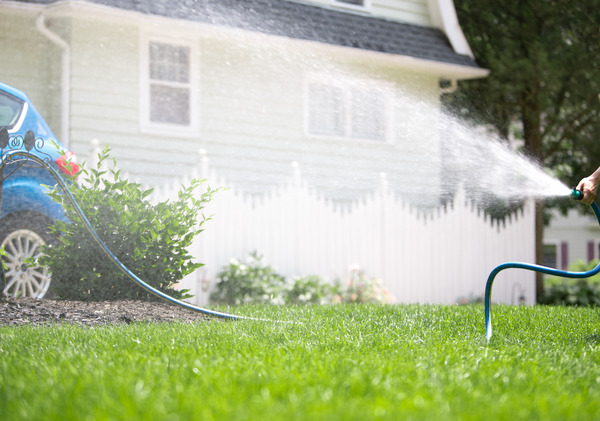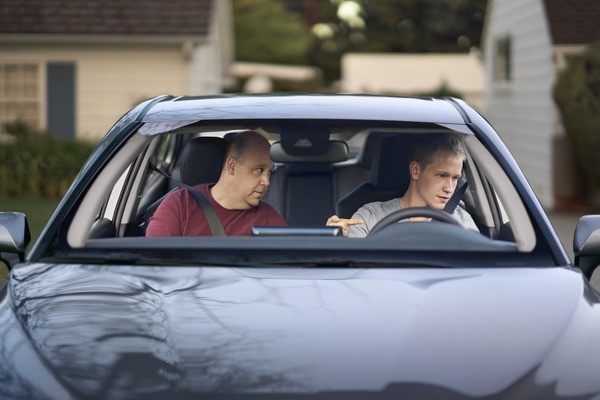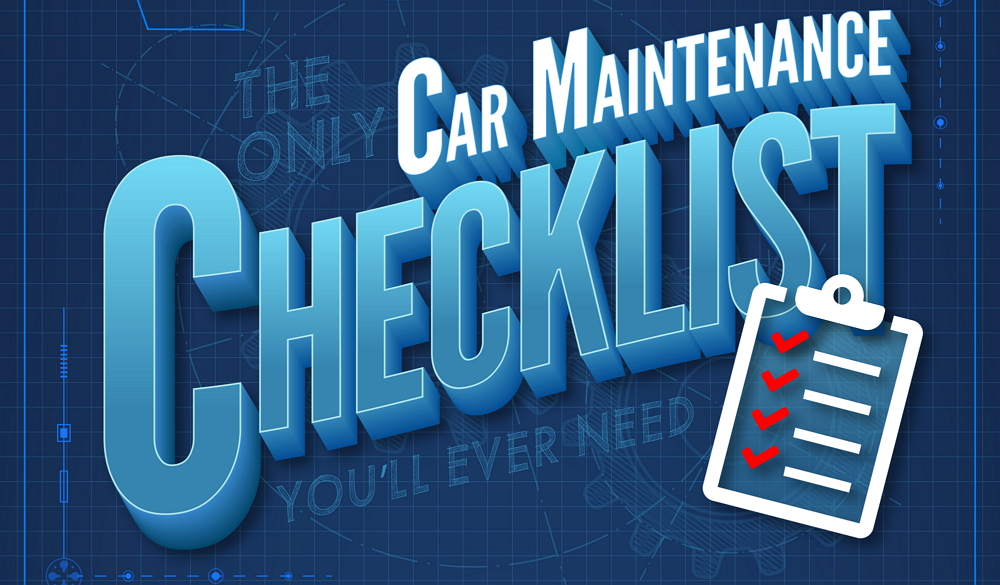10 Essential Boat Safety Tips
Enjoying a day on the boat with family and friends is unbeatable, but it’s important to make sure...
Read more about 10 Essential Boat Safety TipsGet the latest how-tos, articles and tips for your car, home, finances and all of the things that matter most.

Enjoying a day on the boat with family and friends is unbeatable, but it’s important to make sure...
Read more about 10 Essential Boat Safety Tips
It happens every year. The weather gets warmer, more people use outdoor grills – and the number of...
Read more about 9 Grilling Safety Tips for Summer Barbecues
It’s something you never want to think about but losing your car keys can happen to just about...
Read more about What to Do if You Lose Your Car Keys
Schools, playgrounds and childcare facilities are full of energy and fun — and they’re also full of kids’...
Read more about How to Prevent the Spread of Kids’ Germs
Summer fun is about enjoying celebrations and time outdoors with activities like swimming, grilling out, going to parades...
Read more about Firework Safety Tips
Driving on the highway for the first time can be nerve-racking, which is why it’s common for new...
Read more about Highway Driving Tips for Teens
Nationwide CEO Kirt Walker announced today that Craig Hawley has been named the incoming president and COO of...
Read more about How to Prevent the Spread of Kids’ Germs
Buying a home for the first time is a major milestone, but for many, it’s also an overwhelming...
Read more about How to Prevent the Spread of Kids’ Germs
Vote for the 2025 nominees by clicking on the pet’s profile pageEvery pet has a story—and sometimes, those...
Read more about How to Prevent the Spread of Kids’ Germs
For many families, game night is a big tradition. It can be a great way to make memories...
Read more about 20 Fun Family Game Night Ideas
It’s one of the worst things that can happen to a driver. You turn the key in your...
Read more about Why Your Car Won’t Start
Are you tired of pulling up weeds by hand in your yard? Or just worried about the chemicals...
Read more about Lawn Maintenance: How to Kill Weeds
Shopping has evolved dramatically over the past several decades, providing consumers with more choice and convenience whether they...
Read more about Online Shopping vs. In-Store Shopping: Pros and Cons
One minute you’re driving your car and everything seems fine, and the next moment you hear a strange...
Read more about 12 Common Car Noises and What They Mean
To understand whether you have a bad alternator or a bad battery, you need to understand how a...
Read more about Signs of a Bad Alternator or Battery
Knowing what your car dashboard symbols mean is extremely important. This guide breaks down the most common dashboard...
Read more about 15 Common Car Dashboard Symbols
Staying on top of your car’s maintenance can prolong the life of your vehicle. It can also save...
Read more about The Ultimate Car Maintenance Checklist [Infographic]
When you’re starting a new business, you’ll have to choose the type of business structure that’s right for...
Read more about Which Type of Business Entity Should You Choose?
You spend a lot of hours at work; it’s just part of life. And that means you should...
Read more about 16 Tips for How to Be Happy at Work [Video]If you decide that your yard needs a fence, you’ll quickly realize that you have a lot of...
Read more about 5 Different Types of Fences for Your Yard
When most people think of a trust, they think of it as something rich people set up for...
Read more about What Is a Trust in Business?